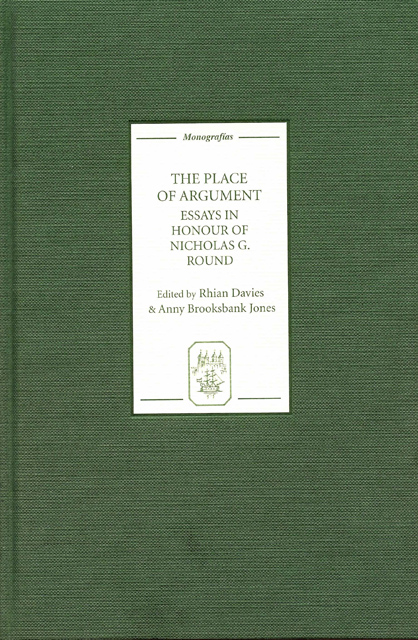On Realism, Now and Then: Martha Stewart Meets Ana Ozores
Published online by Cambridge University Press: 10 May 2023
Summary
This essay focuses on how the techniques of literary realism bridge the gap between our time and the nineteenth century. It proposes a complexly interactive model of realism, set within a similarly dynamic model of cultural studies. The scope and purposes of cultural studies are framed here in terms of the biosphere, ‘an interacting web of plants and rocks, fungi and soils, animals and oceans, microbes and air, that constitute the habit of life on our planet. To understand the biosphere,’ writes Freeman Dyson, ‘it is essential to see it from both sides, from below as a multitude of details and from above as a single integrated system’ (2003: 4). Similarly, through the discipline of cultural studies we focus on highs and lows as these evolve through an interacting web of emotions, conscious and unconscious; we seek to discern, from outside and inside, the nexus of a ‘multitude of details’ that, all told, sketch out ‘el imaginario social’ – those collective attitudes, behaviours and social practices that underlie the production of a text and which agitate in lively, often invisible ways, in, among and around words and discourses. Selecting a particular lens or window or a ‘crystalline moment’, we seek to give, or at least imply, a comprehensive account of the culture in which a text is embedded (Balzar 2001: 5B). At the same time, we strive to highlight those qualities of a writer’s art that express a personal view or value, one often affirmed over and against a particular culture or historical moment.
The attempt to reconcile the social and cultural contexts of a literary work and the power literature achieves through language, voice and formal expression (Dickstein 2003: B8) often exposes, as in the case of the biosphere, gaps in our knowledge, the limitations of our observations and the obfuscations of our theories. Cultural studies emphasize interconnectedness and yet, as Stephen Kern has noted, commenting on ‘The Next Big Thing’, our findings often appear disconnected from one another. Kern argues for ‘some cooperation in identifying fundamental […] universal elements of all cultures (time, space, causality, embodiment, love, vision, death) and then interpreting their distinctive historical and social variants’ (quoted in The Chronicle of Higher Education 2004: B4).
- Type
- Chapter
- Information
- The Place of ArgumentEssays in Honour of Nicholas G. Round, pp. 112 - 124Publisher: Boydell & BrewerPrint publication year: 2007

